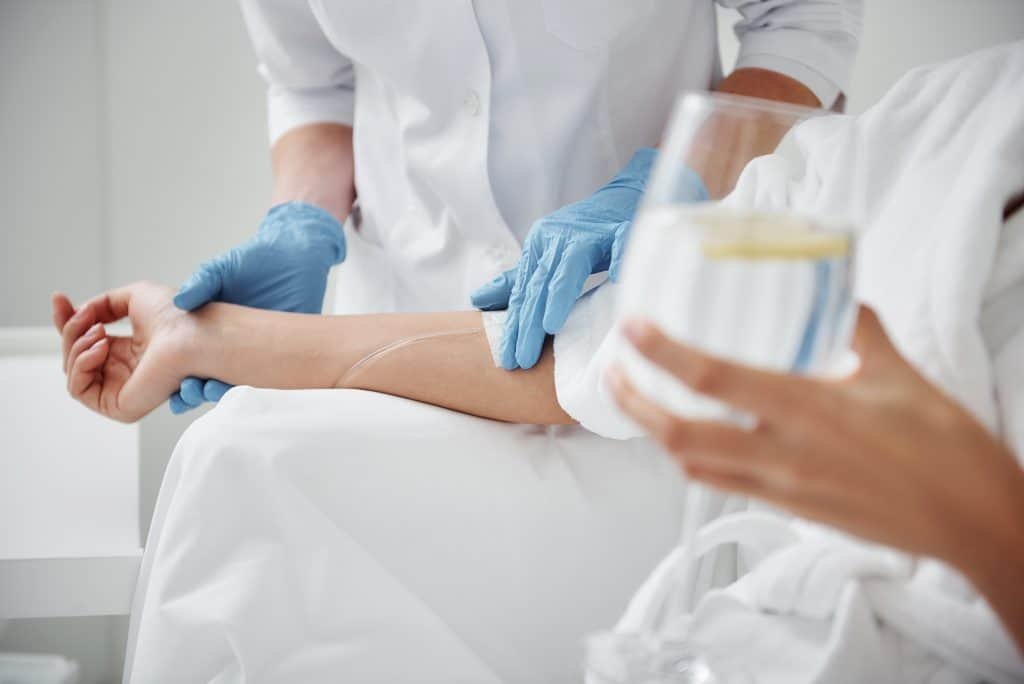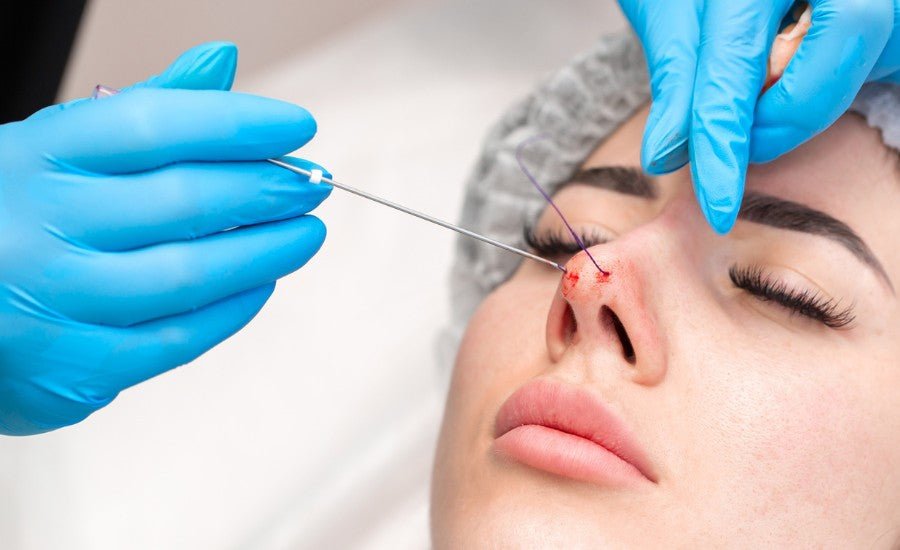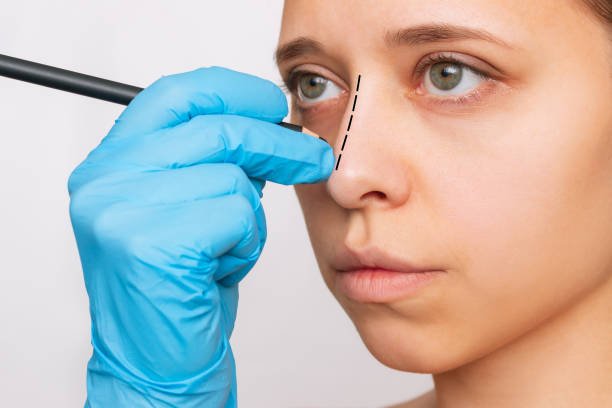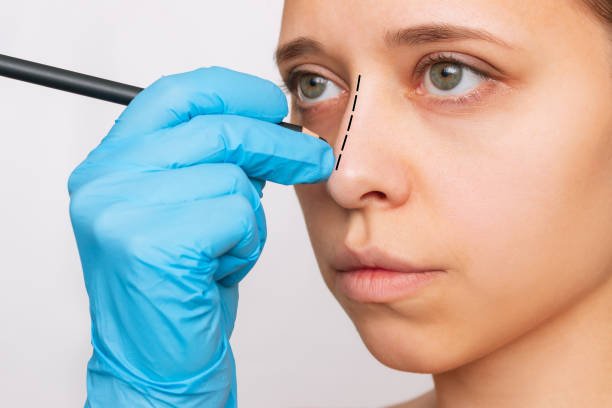Wound pain can be a distressing experience, whether it stems from an accidental injury, surgical incision, or chronic condition. Managing wound pain effectively is essential for healing, comfort, and preventing complications. In this article, we explore the best pain relievers for wounds, considering various types, severity, and treatment options.
Types of Wounds and Associated Pain
Understanding the type of wound is crucial in selecting the most appropriate pain reliever.
Acute Wounds
- Caused by cuts, lacerations, burns, or surgical incisions.
- Pain is often sharp and localized.
Chronic Wounds
- Resulting from conditions like pressure ulcers, diabetic foot ulcers, or venous leg ulcers.
- Pain can range from aching to burning and may persist over time.
Burn Wounds
- Ranging from first-degree (superficial) to third-degree (deep tissue damage).
- Pain can be severe depending on the burn’s depth and nerve involvement.
Infected Wounds
- Often accompanied by inflammation, redness, and increased pain.
- Requires both pain management and infection control.
Ready for more details visit website: https://terryorthodontist.com/tramadol-information
Best Pain Relievers for Wound Management
Pain relief for wounds varies depending on the severity, location, and underlying conditions. Below are common options.
Over-the-Counter (OTC) Pain Relievers
- Ibuprofen (Advil, Motrin): Reduces pain and inflammation, ideal for minor cuts or surgical wounds.
- Acetaminophen (Tylenol): Effective for managing pain but does not address inflammation.
- Aspirin: Useful for mild pain but should be avoided in deep or bleeding wounds as it may prolong bleeding.
Prescription Pain Medications
For moderate to severe pain, especially after surgical procedures or for chronic wounds, doctors may prescribe:
- Opioids (e.g., Codeine, Tramadol): Effective for severe pain but require caution due to the risk of addiction.
- Topical Anesthetics (e.g., Lidocaine): Applied directly to the wound or surrounding area to numb pain.
Topical Pain Relievers
Topical agents are particularly useful for localized pain and minimal systemic side effects:
- Lidocaine Gel or Cream: Provides numbing relief for burns, cuts, and abrasions.
- Antiseptic Sprays with Lidocaine: Combines pain relief with protection against infection.
- Hydrocortisone Cream: Alleviates inflammation and itching around wounds.
D. Non-Pharmacological Options
- Cool Compresses: Help reduce swelling and numb superficial wounds.
- Honey-Based Dressings: Natural pain relief through antimicrobial and anti-inflammatory properties.
- Hydrocolloid Dressings: Protect the wound while maintaining moisture and reducing discomfort.
Treatments for Different Wound Types
Minor Cuts and Abrasions
- Clean the wound with water and an antiseptic solution.
- Use a topical analgesic cream for mild discomfort.
- Cover with a sterile bandage to prevent irritation.
Surgical Wounds
- Follow post-operative instructions carefully, including prescribed pain medications.
- Keep the area clean and dry to avoid infections, which can increase pain.
- Apply doctor-recommended dressings with mild topical anesthetics.
Burn Wounds
- For first-degree burns, apply aloe vera gel or lidocaine-containing sprays.
- For second or third-degree burns, consult a healthcare provider for prescription pain relief and specialized dressings.
Chronic Wounds
- Combine systemic pain relievers like ibuprofen with advanced wound care solutions.
- For neuropathic pain from diabetic ulcers, drugs like gabapentin or pregabalin may be prescribed.
E. Infected Wounds
- Pain is often relieved through antibiotics that address the infection.
- Topical antiseptics can help reduce bacterial load while alleviating pain.
Complementary Pain Management Strategies
In addition to medications, the following strategies can enhance pain relief:
Wound Dressing Choices
- Choose pain-minimizing dressings like silicone foam or hydrogel.
- Regular dressing changes should be gentle to prevent additional pain.
Positioning and Movement
- Avoid putting pressure on the wound during recovery.
- Use pillows or cushions to support affected areas.
Relaxation Techniques
- Practices like mindfulness, meditation, and guided imagery help reduce pain perception.
D. Professional Support
- Regular consultations with wound care specialists or physical therapists ensure optimal pain management.
Precautions in Wound Pain Management
Avoid Overmedication
- Use the lowest effective dose of pain relievers to minimize side effects.
- Avoid combining NSAIDs with other blood-thinning medications without a doctor’s approval.
Monitor for Signs of Infection
- Increased pain, redness, swelling, or discharge from the wound may indicate infection. Seek medical advice promptly.
Allergic Reactions
- Be aware of any allergies to topical agents or medications.
Avoid Harsh Cleaning Agents
- Hydrogen peroxide or iodine can delay healing and exacerbate pain.
When to Consult a Healthcare Provider
Seek professional advice if:
- Pain persists or worsens despite treatment.
- There are signs of infection (fever, redness, or swelling).
- The wound is deep, large, or not healing as expected.
- Prescription medications are needed for severe pain.
Knowing when to consult a healthcare provider is essential for proper wound care and healing. You should seek medical attention if the wound shows signs of infection, such as increased redness, swelling, warmth, or discharge. If the wound doesn’t heal after several days or worsens over time, it’s important to contact a provider for guidance. Similarly, if you experience persistent or severe pain, it may indicate complications that require professional treatment.
















Leave a Reply